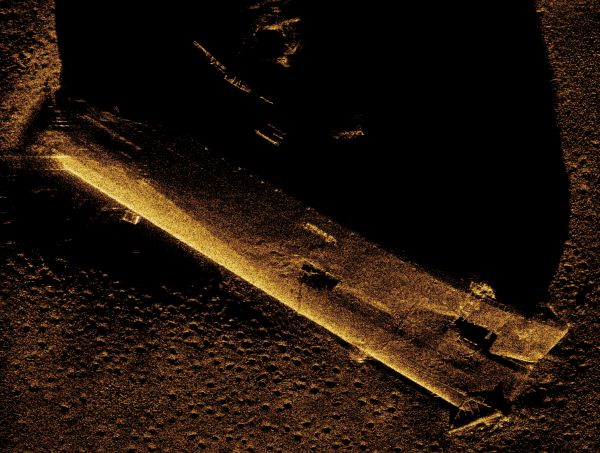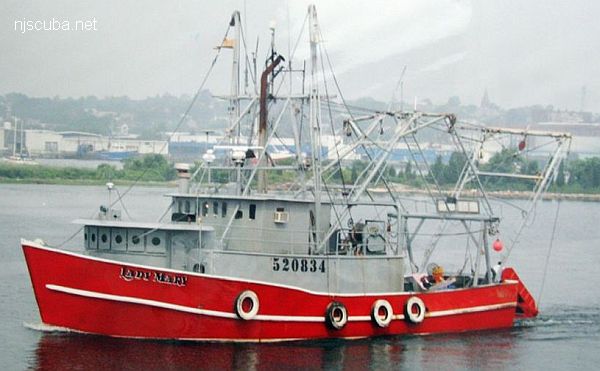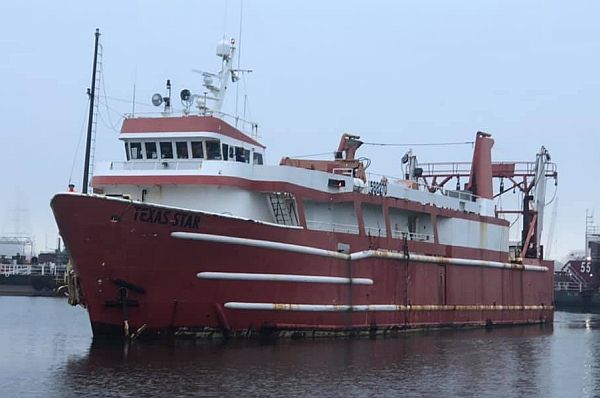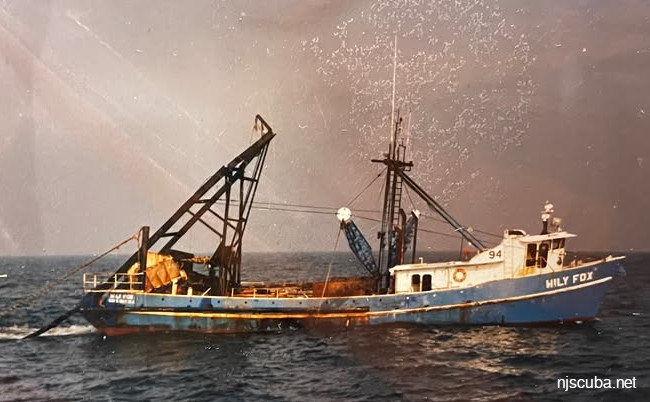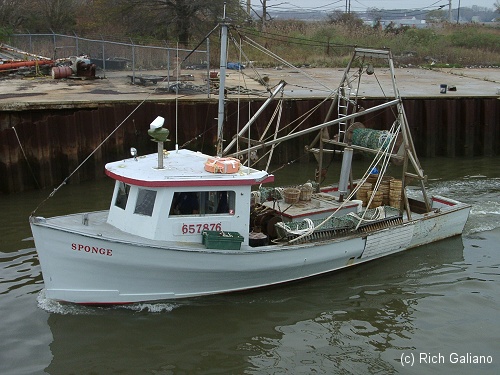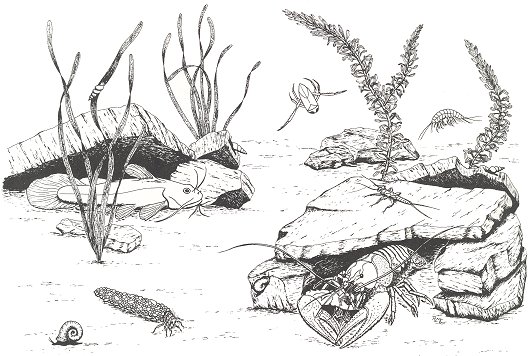Scallop Dredges
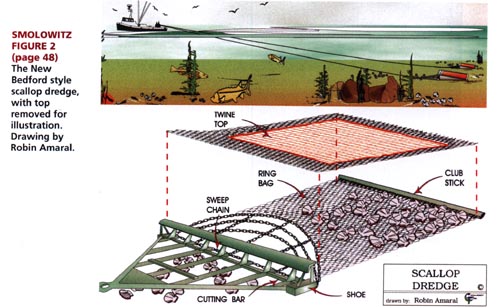
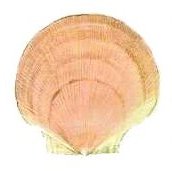
Scallop dredging is similar to clam dredging in that large metal rakes are dragged across the bottom. However, that is where the resemblance ends. Since scallops live on the surface, unlike buried clams, they can be harvested with much lighter-weight gear. A scallop rake is typically much smaller than a clam rake, consisting of a triangular frame with a chain-link catch-bag. No hydraulics are necessary. Such gear does not require as much towing power as for clamming. Since scallops are cleaned at sea as they are caught, and all the heavy shells discarded, there is also much less on-board storage requirement. Scallop boats can therefore be smaller than clam boats, and some are quite small indeed. In fact, the entire business model seems to be different, and it appears that a few small privately-owned operations persist to this day, in contrast to clamming, which is now dominated by a few corporate fleets.

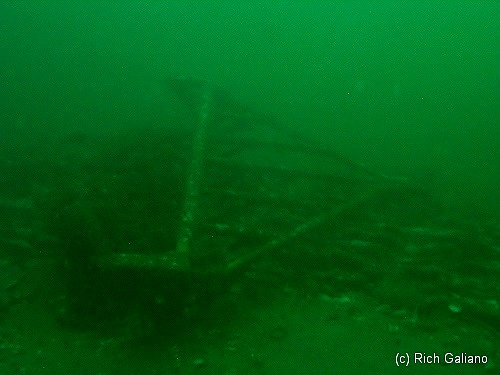
In search of their prey, scallopers seem to be more inclined than clammers to drag close to wrecks and other known bottom obstructions. While a huge clam dredge will often tear right through an old shipwreck, a small scallop rake is much more likely to get stuck and lost, and there are a number of them around on various wrecks.
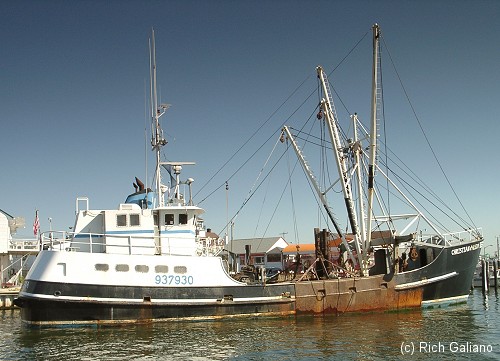
Port and starboard rakes are stowed vertically amidships and deployed at once over each side. That is why the side of the vessel is all scarred and rusted, while the stern is enclosed. Since scallops are shucked at sea, she does not require the same heavy port facilities as the clammers, and docks at a different location.
